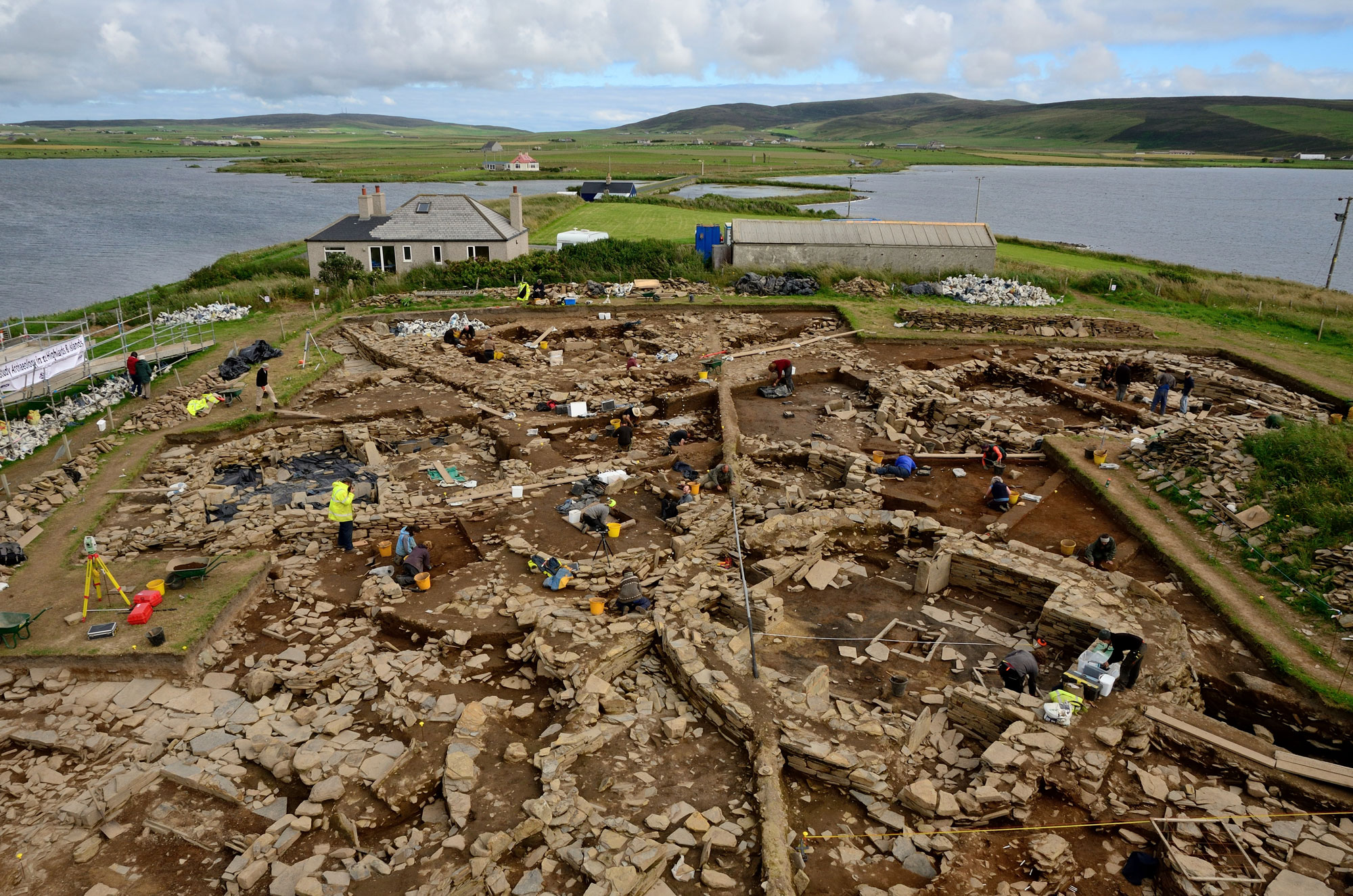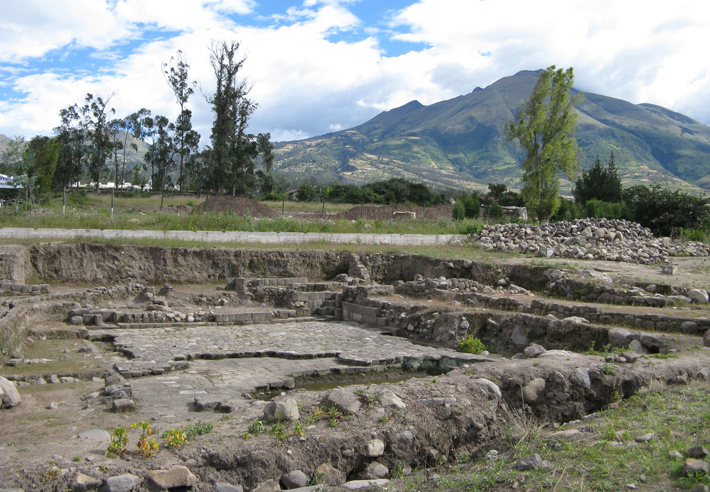
PENSACOLA, FLORIDA—Wealthy Romans may have enjoyed lavish banquets, but most Imperial Romans survived on a diet of millet, according to an analysis of anonymous skeletons buried in two of the city’s cemeteries—one just outside the city walls, and another farther away. Levels of carbon and nitrogen isotopes in their bones indicate that people who lived closer to the city had access to a more varied diet than those who lived outside the city limits. “We kind of think that it’s been studied and studied to death over the last 2,000 years, but there are thousands of skeletons in Rome that nobody has studied. … This can give us information about average people in Rome we don’t know about from historical records,” said Kristina Killgrove of the University of West Florida.









